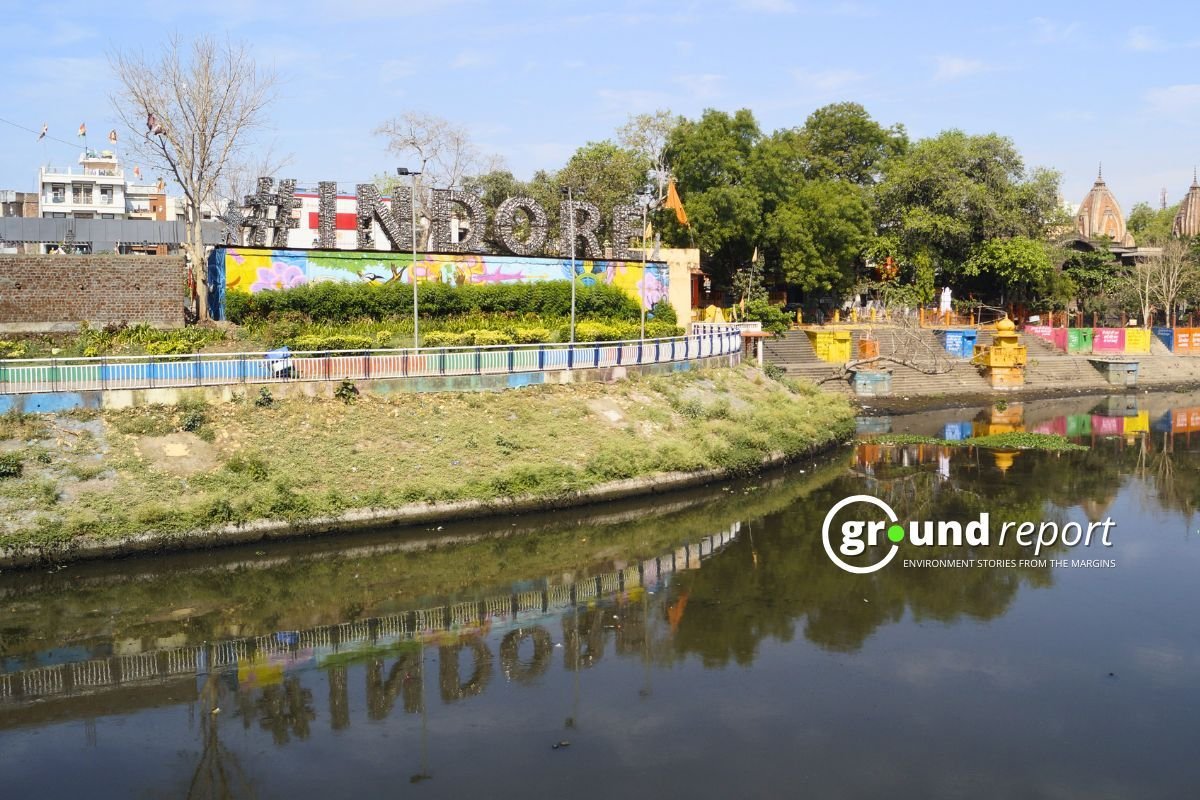A new study revealed concerning insights into how microplastics and per- and polyfluoroalkyl substances (PFAS) are managed by landfills and wastewater treatment plants. The research, conducted by scientists from the Illinois Sustainable Technology Center (ISTC) and funded by the Hazardous Waste Research Fund, examined leachate from four Illinois landfills and the inflows and outflows of wastewater treatment plants to assess the fate of these contaminants.
Study examines microplastics, PFAS management
The study found that landfills retain most plastic waste, and wastewater treatment plants remove 99% of microplastics and some PFAS from landfill leachate and wastewater. However, both microplastics and PFAS accumulate in the biosolids—the solid byproducts of wastewater treatment—that settle at the bottom of treatment tanks. These biosolids must be disposed of elsewhere, often used as fertilizers for agricultural land, where the contaminants end up.
In Illinois, about 70% of biosolids from wastewater treatment plants are spread on cropland as fertilizer, while the remaining 30% go to landfills. Consequently, the microplastics and PFAS entering wastewater treatment plants are reintroduced into the environment, potentially impacting soil and water quality.
“Wastewater treatment plants just transfer contaminants from one medium to another,” said John Scott, a research scientist at ISTC and lead author of the study. “What else are we to do with it? If we landfill it, we’re just moving it from landfill to wastewater treatment plant and back.”
With hundreds of millions of tons of plastic produced annually, and an estimated 79% ending up in landfills or escaping into the environment, both microplastics and PFAS have contaminated soil, water, and the human body.
Study shows landfills contain PFAS
This study uniquely measured the mass of microplastics in landfill leachate and wastewater influent and effluent, rather than counting particles, which can be unreliable as plastics break down into smaller pieces. By measuring the total surface area and incorporating density and thickness data from common plastics like polyethylene and polypropylene, the researchers accurately assessed the contamination scale.
“Landfills and wastewater treatment plants are usually studied separately, but in reality, those are combined systems,” said Andres Prada, a research scientist at ISTC. “Regulations require landfills to send their liquid waste to the treatment plants.”
Landfills effectively contain microplastics, but the leachate they release contains high concentrations of PFAS, chemicals known for their persistence and health risks.
“We were surprised by the high PFAS levels in landfill leachate and the lower-than-expected microplastics,” said Prada.
Plastics and PFAS contaminate water
Plastics degrade slowly in landfills due to compression and lack of sunlight, but eventually break down into smaller particles that escape in leachate. Wastewater treatment plants, which process large volumes of sewage and stormwater, bring in a substantial load of microplastics and PFAS, though the concentration of PFAS is lower than in landfill leachate. Given the volume of wastewater processed—about 10,000 gallons per minute—this leads to a higher overall load of contaminants.
Addressing microplastics and PFAS in biosolids is challenging. Spreading contaminated biosolids on agricultural land could worsen pollution. Treating biosolids before disposal is costly, and there are no easy solutions.
“Treating the biosolids before disposal is very expensive,” said Scott. “What else can we do with it? If we landfill it, we’re just moving it from landfill to wastewater treatment plant and back.”
Scott emphasized, “The best practice would be to prevent plastic and PFAS pollution at the source before it gets worse.”
While wastewater treatment plants and landfills mitigate some contamination, they are moving the problem elsewhere. The solution, according to the researchers, lies in reducing the production and use of plastics and PFAS to prevent further environmental harm. As Scott put it, “It’s time to tell people to move away from these things, stop producing them. Let’s turn them off at the tap before this gets worse.”
Support us to keep independent environmental journalism alive in India.
Keep Reading
Watch: Kashmir experiences first snowfall of season after dry spell
Amarnath Yatra: Tackling rising death toll from extreme weather events
Tourists arrival in Kashmir break records, a need to regulate it?
From tourist paradise to waste wasteland: Sindh River Cry for help
Follow Ground Report on X, Instagram and Facebook for environmental and underreported stories from the margins. Give us feedback on our email id greport2018@gmail.com.
Don’t forget to Subscribe to our weekly newsletter, Join our community on WhatsApp, and Follow our YouTube Channel for video stories.








